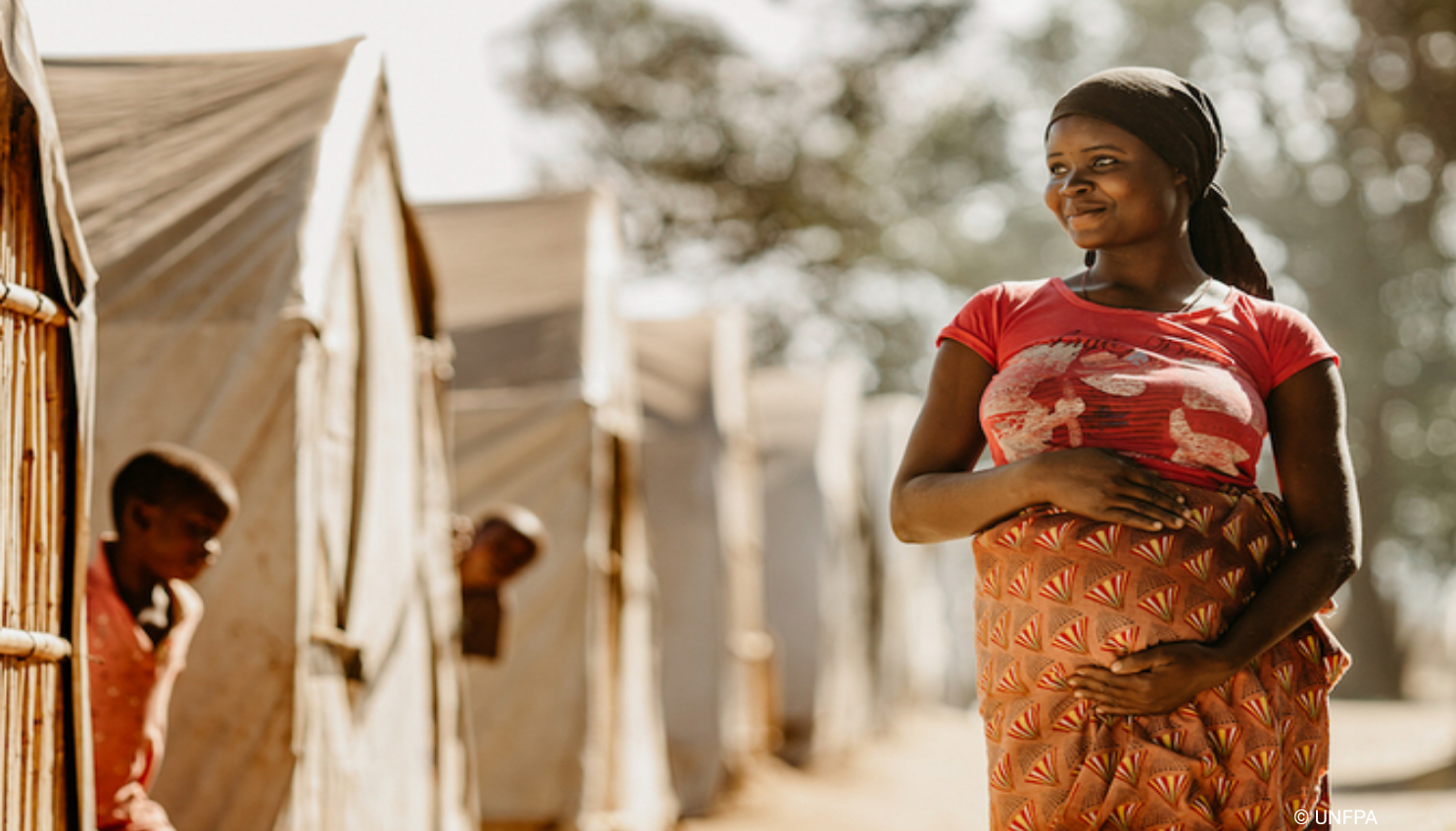
On 16th September 2021, the Africa Biodiversity Conservation Group (ABCG) alongside the United States Agency for International Development (USAID), and Pathfinder International organized a webinar on Population, Health and Environment (PHE) Approaches in Africa focusing on Western Tanzania.
PHE approaches in Africa, strive to enhance access to health services and assist communities to effectively manage their natural resources, in ways that improve their health, livelihood and to conserve the critical ecosystem upon which they depend. These approaches also, help in addressing the challenges faced by both the community and the ecosystem by mitigating unhealthy interactions with nature hence contributing to curbing deforestation, giving solutions to sustainable access to water, and addressing climate change.
Moderated by Jane Edmond, Senior Director at Conservation International (CI), the webinar brought together a panel of experts on the topic based in Tanzania. They were, Paul Cowles, Chief of Party at the Jane Goodall Institute (JGI), Dr. Samuel Kikaro, Health Technical Advisor at Pathfinder International, and Jestina Kimbesa, Project Management Specialist, Natural Resources Management USAID in Tanzania. The panel discussion focused on the recent activities relating to global PHE with implications for Africa’s biodiversity. Discussions were centered on experiences on integrating PHE into community-centered conservation work in Western Tanzania, lessons learned, and the conservation benefits.
Tanzania’s population is about 60 million, 6th in Africa behind Nigeria, Ethiopia, Egypt, DR Congo, and South Africa. Tanzania has a total fertility rate of 5 children per woman, higher than the global estimates of 2.3, and even higher compared to Africa estimates which is 4.3.
In his presentation, Dr. Kikaro spoke on his experience with integrating PHE into community-centered conservation work in the implementation of the LCWT project in Kigoma and Katari, two areas that have a very high fertility rate of an average of 6 to 7 children per woman, and place where teenage and underaged pregnancies are highest in Tanzania.
“Theory of change (TOC) of integrating family planning with biodiversity conservation is aimed in building a resilience of families, with the assumption that when people access to family planning will help them improve access to food security, improved livelihood by providing linkages to livelihood intensities, and provide better education to their children,” he further added.
Mr. Cowles elaborated how ABCG member JGI’s has integrated multiple sectors in a bid to conserve biodiversity in the region whilst working with members of the community. He said that JGI has got a component of governance, improving how villages and districts manage their natural resources. Additionally, they have a family planning component, and livelihood aspects to change the way people use the land, all these are sort of tied together through the land-use planning approach, which pulls together villages to identify which areas of they are going to use.
Ms. Kimbese emphasized that access to contraceptive services enables women to create a healthier family and empowers them to engage in income-generating activities. She said, “USAID is supporting both women and family health by increasing contraceptive services and information to communities to determine ideal family sizes. This allows women to express their reproductive choices and also, engage in natural resource management and biodiversity conservation sustainably.”
ABCG has leveraged the wide-ranging networks of its members to improve, scale, and replicate innovative and effective solutions to complex challenges across Africa. We foster collaboration among conservation and development actors to jointly address threats to biodiversity through cross-sectoral approaches that harness the power of collective impact.

